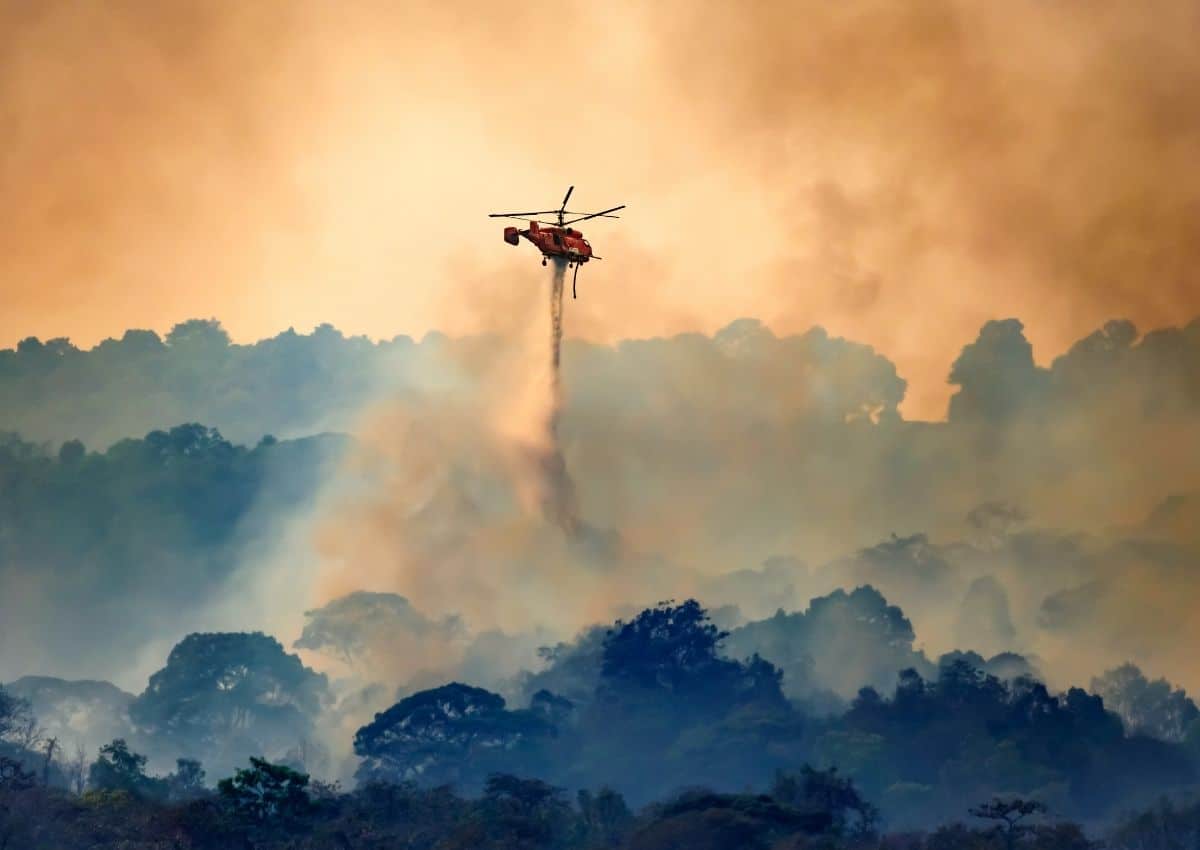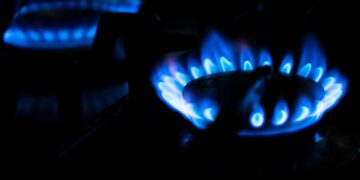However, it was soon apparent that emergency crews lacked supplies, adequate human resources, and, as a result —constant rotations. What did the authorities do to solve the occurring issues of wildfire liquidation and what solutions have been found to ensure emergency crew rotations?
California wildfires — health dangers
For two months, the pollution outside has spiked to dramatic levels forcing many Californians to stay indoors. The US health experts are worried that such massive air pollution will aggravate the heart and lung conditions of many people living near the perimeter ofwildfires; consequently increasing their susceptibility to respiratory infections, including COVID-19. Emergency crews are not an exception in this case either, as the exposure to high-level pollution is jeopardizing their immunity. California Air Resources Board and the emergency crew leadershipare extremely concerned that the firefighters might end up with a higher risk of dying from coronavirus complications or other respiratory-related issues. This is due to their localization near hot zones, where the concentration of hazardous substances is extremely high.
Aircraft to battle wildfires
To deal with occurring issues concerning the wellbeing of emergency crews, and enhance the effectiveness of wildfire elimination, equipped firefighting aircraft has been employed to steer or contain a fire’s perimeter. The California Department of Forestry and Fire Protection (Call Fire) aircraft fleet is currently operating from dozens of airfields and helicopter bases across the state. Each aircraft is dedicated to a specific task as an essential part of the Cal Fire unit.
At the moment, tactical planes are used in aerial command and control, providing tactical coordination to air and ground crews. Unlike air tankers, these planes can stay airborne for hours, guiding large tankers into drop zones. In the meantime, helicopters move or evacuate firefighters and civilians, and drop water at small wildfire zones along with air tankers.
However, as great as it sounds, California’s firefighting aircraft fleet has been found insufficient in numbers to solve the current crisis due to increased new fire cases. Therefore, the passenger jets and military aircraft have been employed to fill the need-gap at the Cal Fire aircraft division. Despite that, new planes and supplementary crew members are still being needed, since a considerable amount of ground and air groups’ firefighters fell sick either due to exhaustion, respiratory issues, or coronavirus.
Emergency crew rotations during California Wildfires
Just as in theory, so and in practice, emergency crew rotation is necessary when it comes to any group that performs emergency services, as it helps to provide stability between work and rest. Crew rotation is also vital when fighting California wildfires, as emergency crews would get less of fine-particle intake due to the regulated amount of time spent in the hot zones.
The Cal Fire struggled to provide a proper crew rotation under current conditions, as the department had roughly half as many inmate fire crews due to pandemic. Regarding the occurring issues, firefighters and pilots from across the country joined Cal Fire’s ranks. Today, there are overall 18,200 specialists on the front line, and with stabilized crew numbers, it allowed ensuring an adequate response in battling wildfires and rotation amongst fighters for some time.
Issues in-ensuring emergency crew rotations
Crew rotations are not the only obstacle — transportation of additional crew members from other states is also a struggle. Some states’ teams have found the means of transport on their own. It wasn’t an easy task as the bonfire of COVID-19 cases is burning bright throughout the US: causing dwindling of the aviation market and lack of commercial flights.Consequently, it created assurance issues when it comes to safe rotation of additional crew members, who are traveling in and out of California.
In the light of the current pandemic, wildfire setting and transporting essential human resources to specific locations is difficult to ensure in terms of logistics and safety. Therefore, extra help and assistance from aviation experts are needed from companies like Chapman Freeborn, who have proven years of experience in organizing group air charter flights. By choosing such services, there is a guarantee that the plane will take off, safety rules will be followed, and flight price will be negotiated adequately, even if it means ordering a private jet service.
The California fires are blazing up, and heavy smog covers the large part of the West Coast as we speak. Therefore, California’s emergency crews are struggling while waiting for rotation processes to stabilize to full strength. It is only possible to do so with other states’ help, wise choices made by the local governments and the careful pick of companies that could ensure group charter flights.








 Explore top-rated compensation lawyers in Brisbane! Offering expert legal help for your claim. Your victory is our priority!
Explore top-rated compensation lawyers in Brisbane! Offering expert legal help for your claim. Your victory is our priority! 

 "
"


